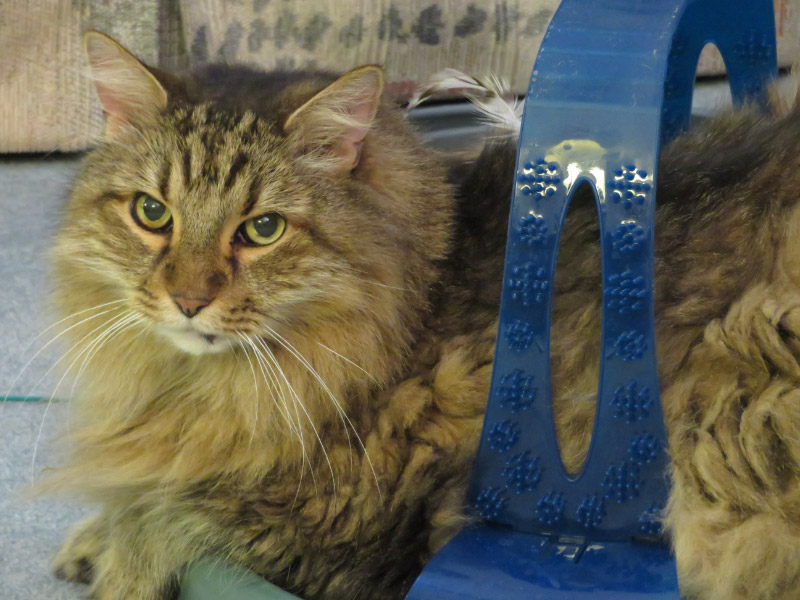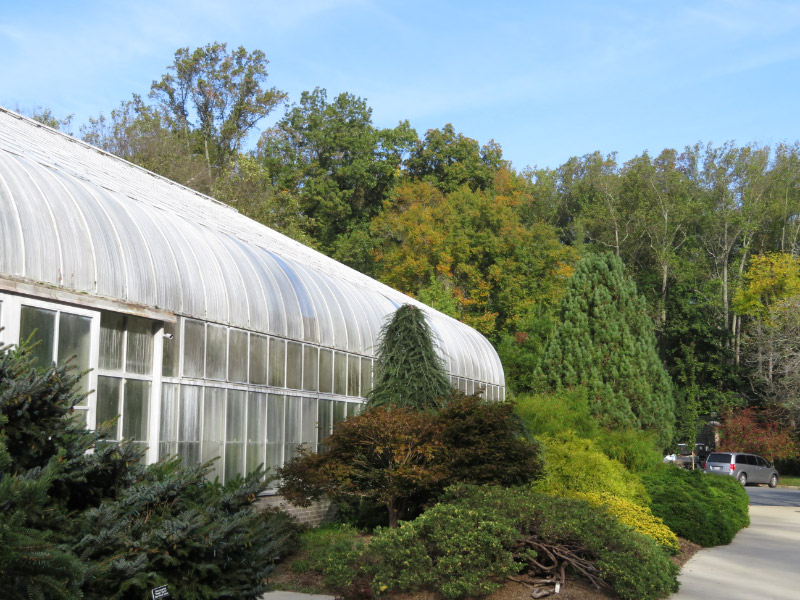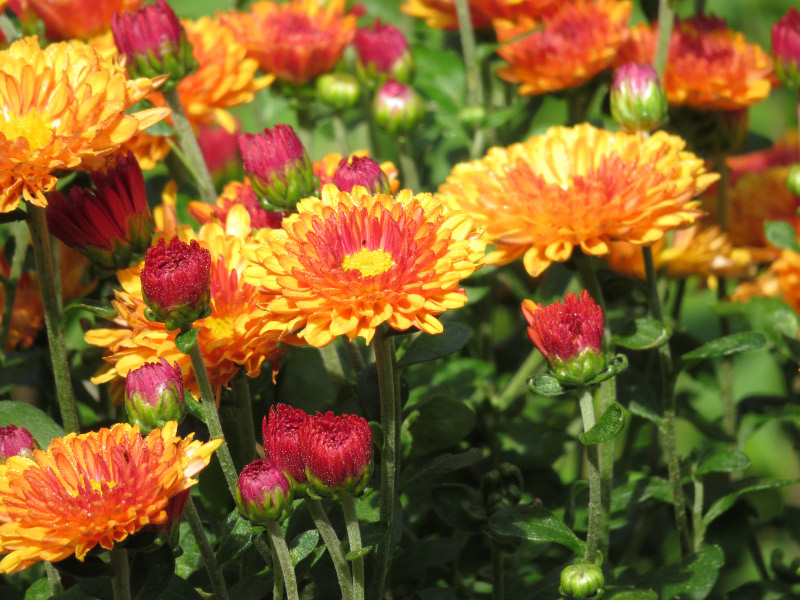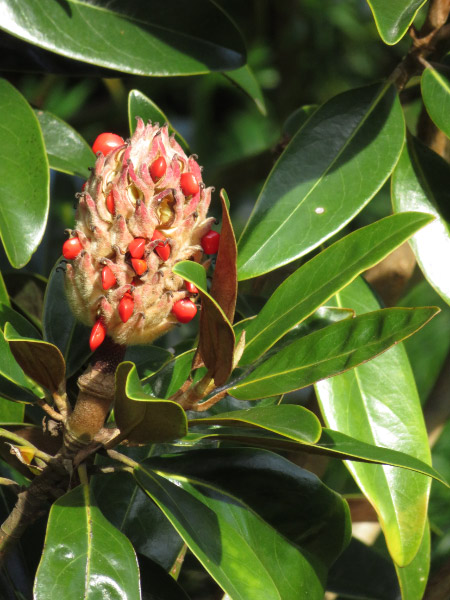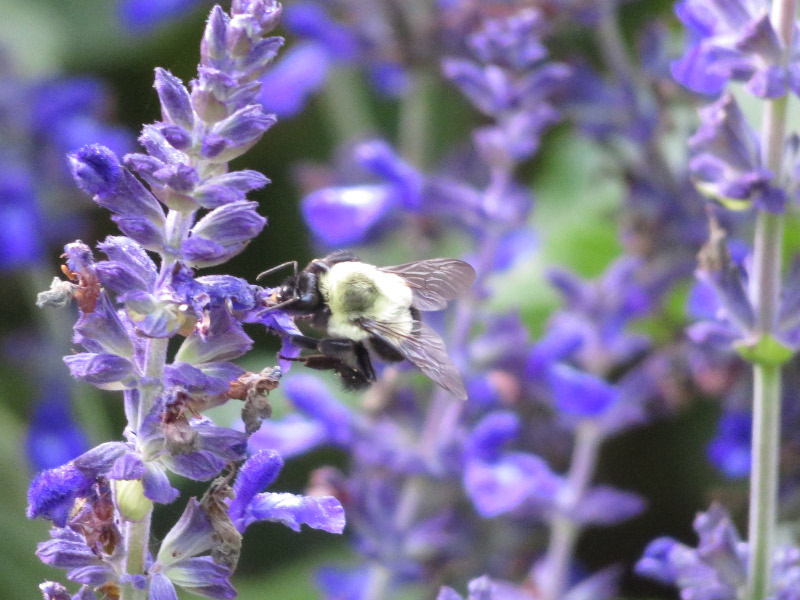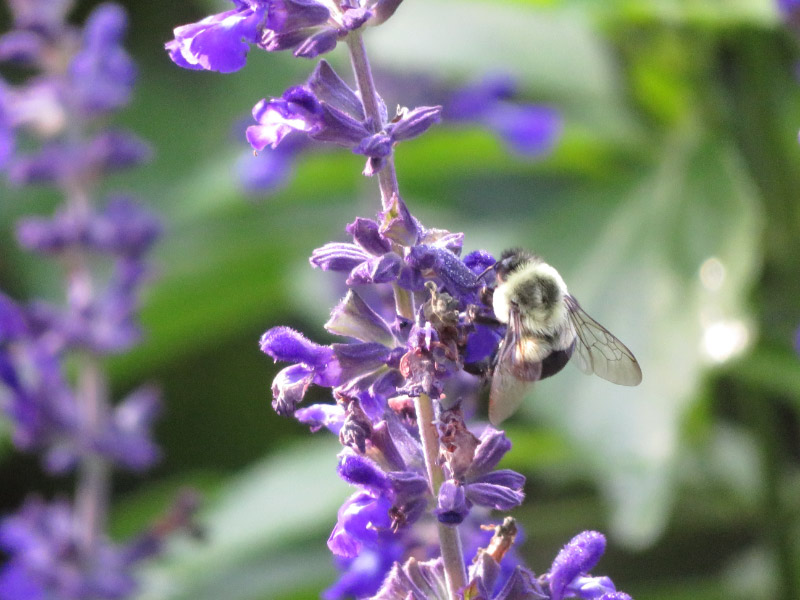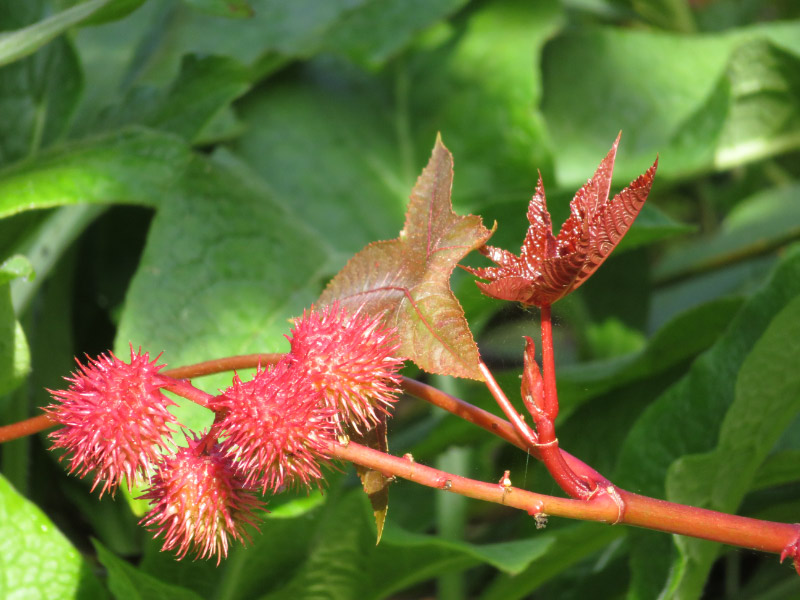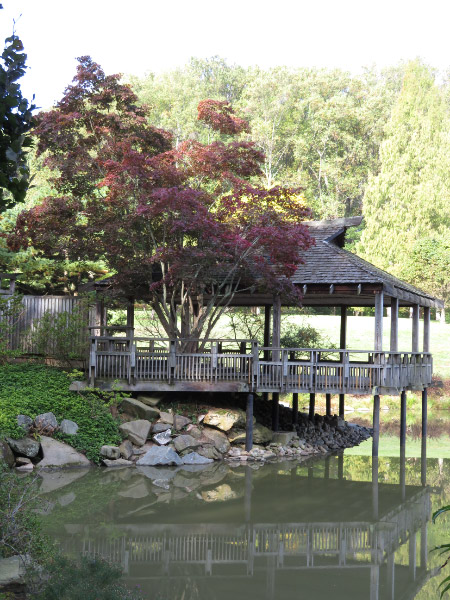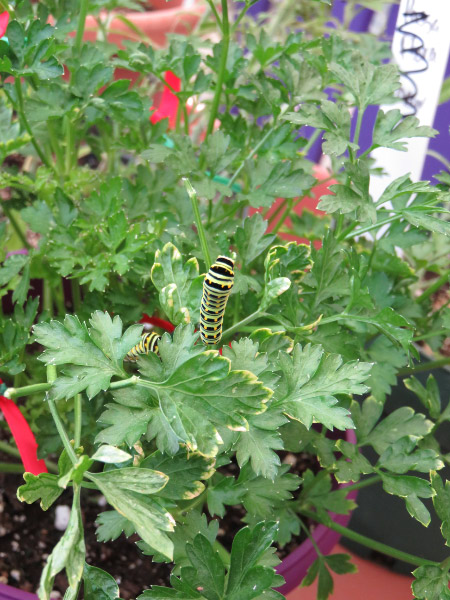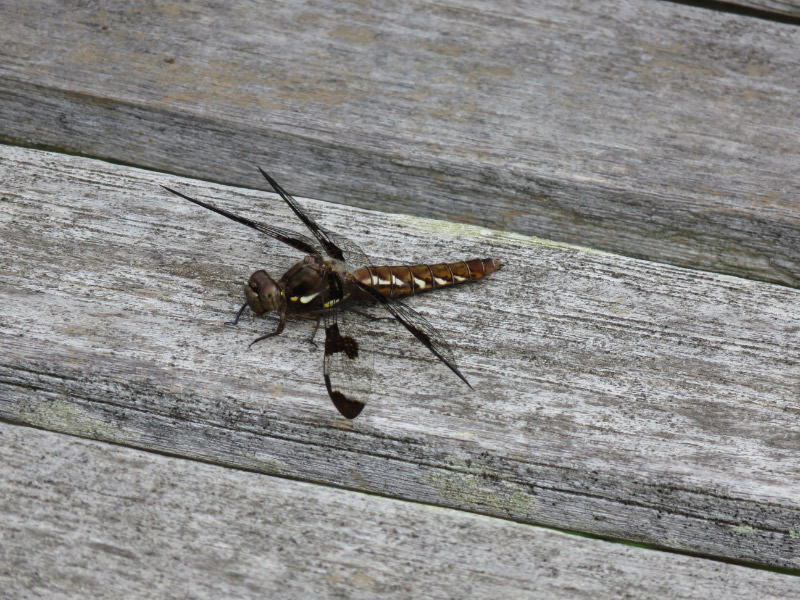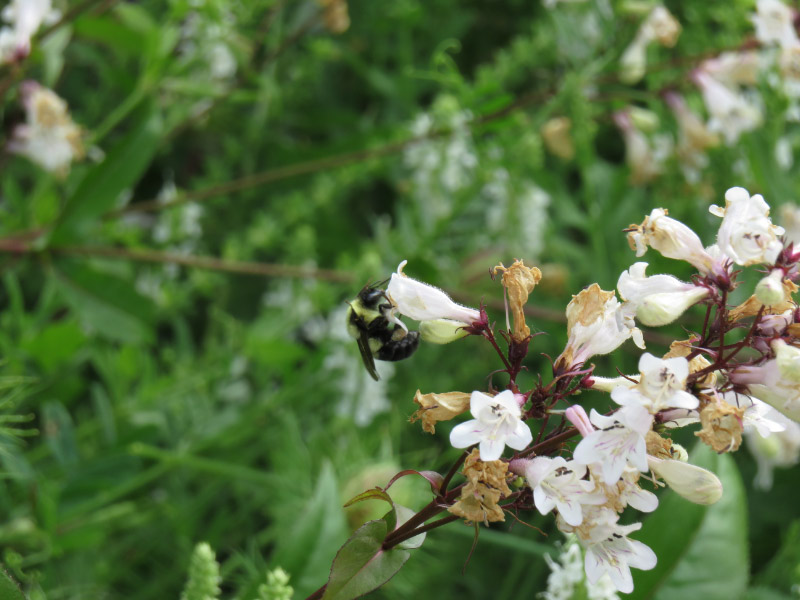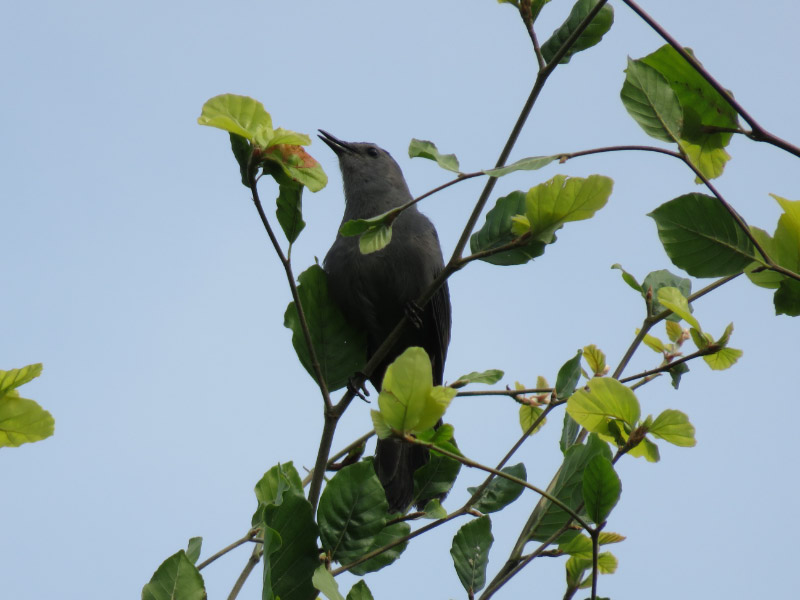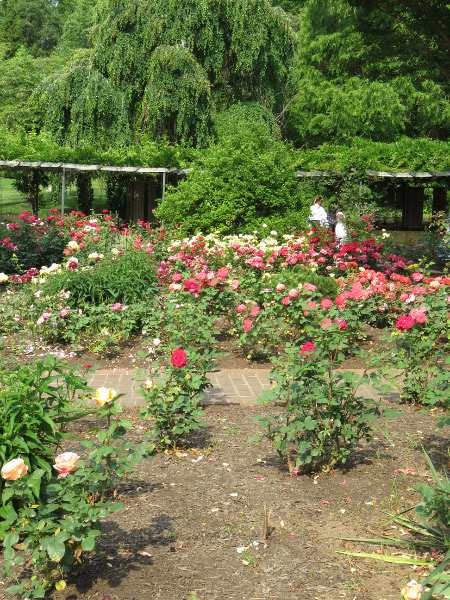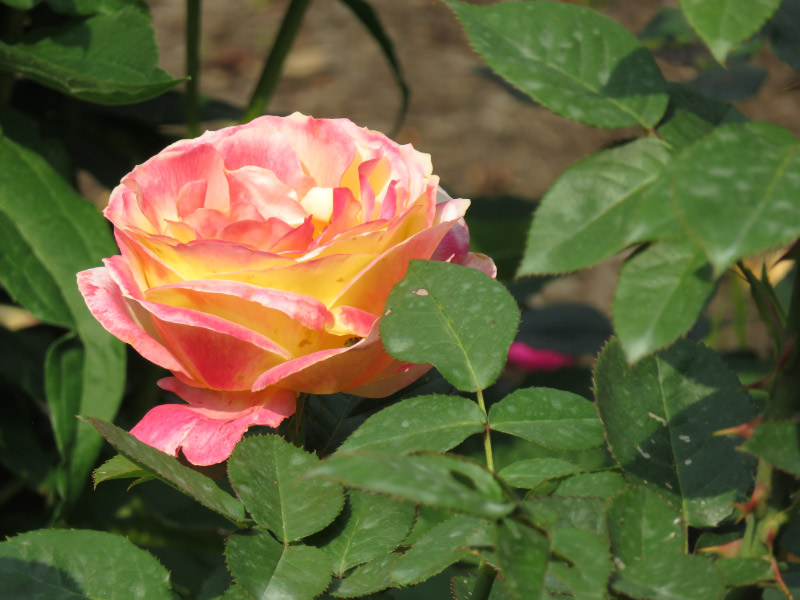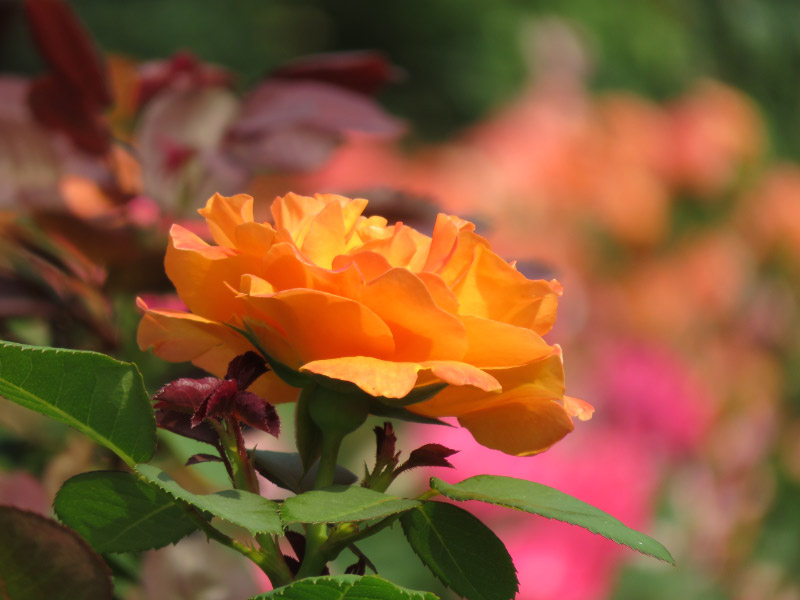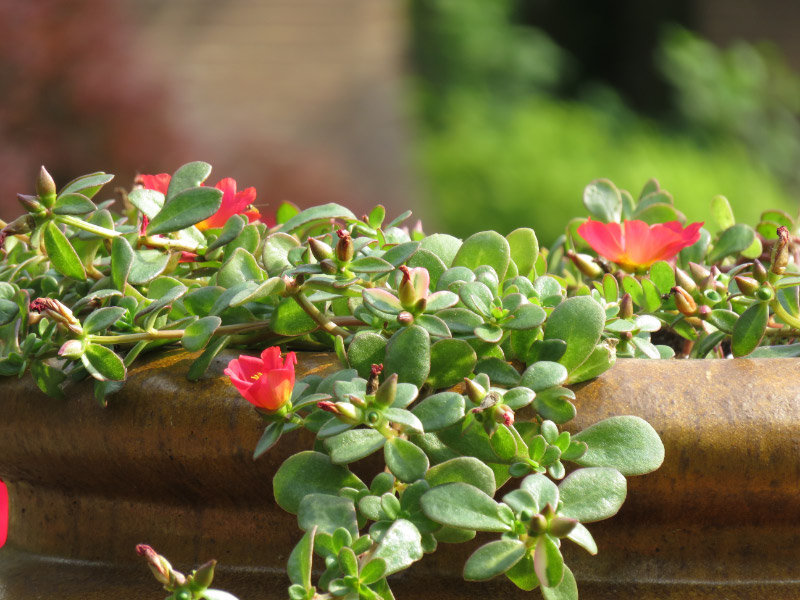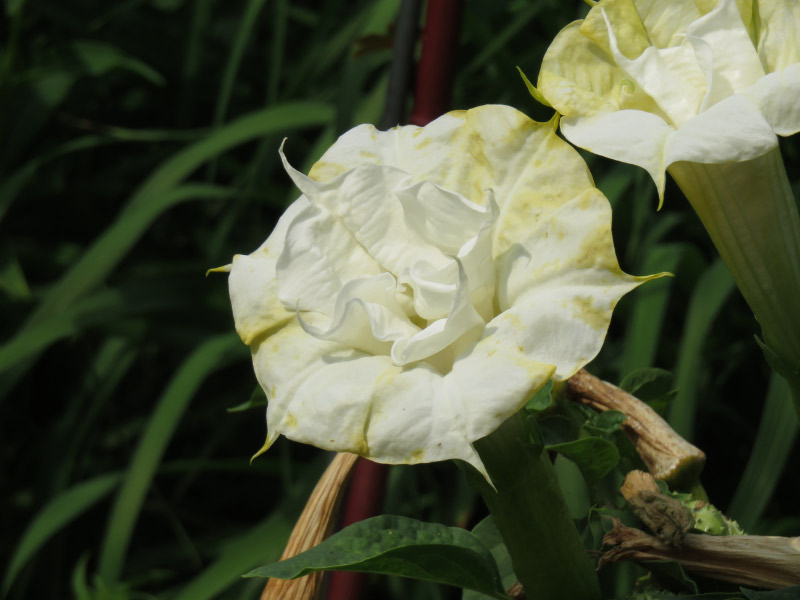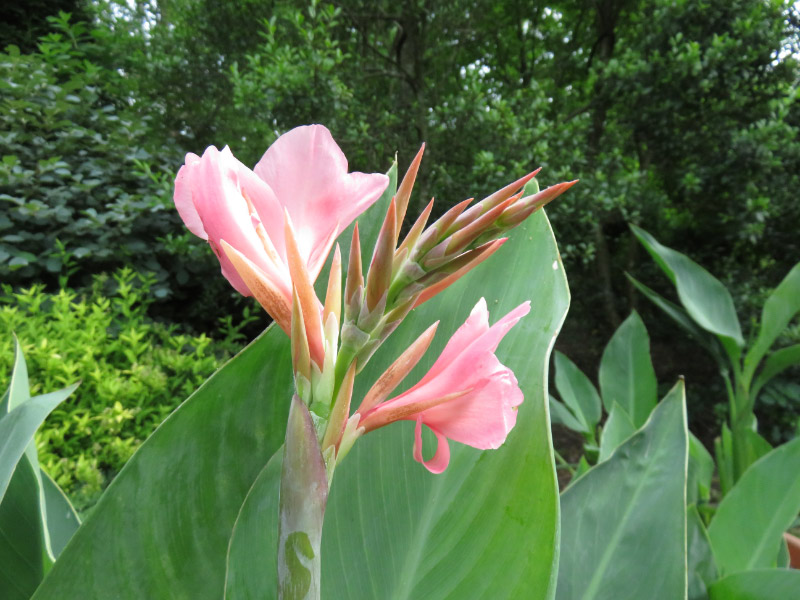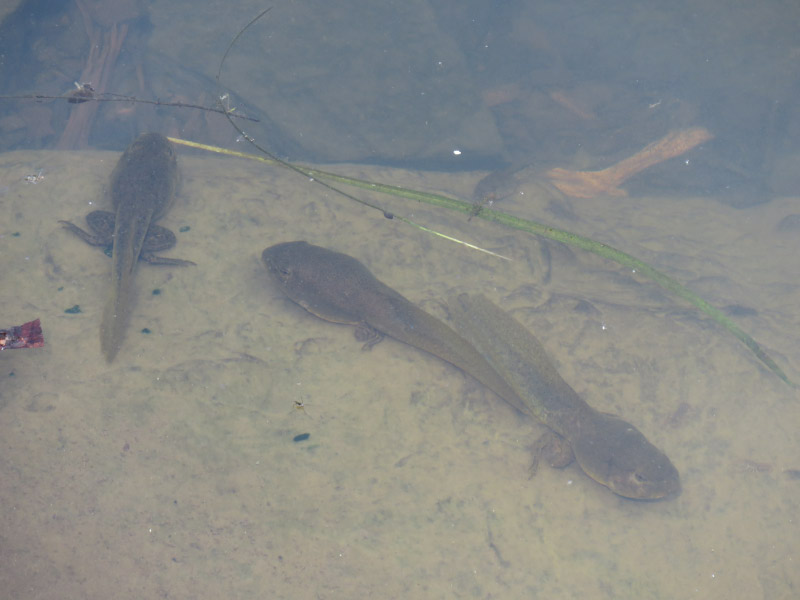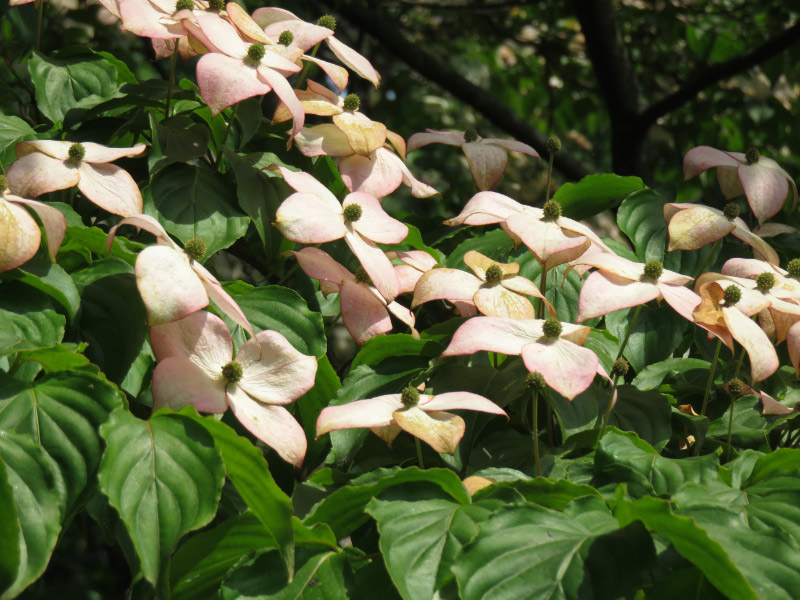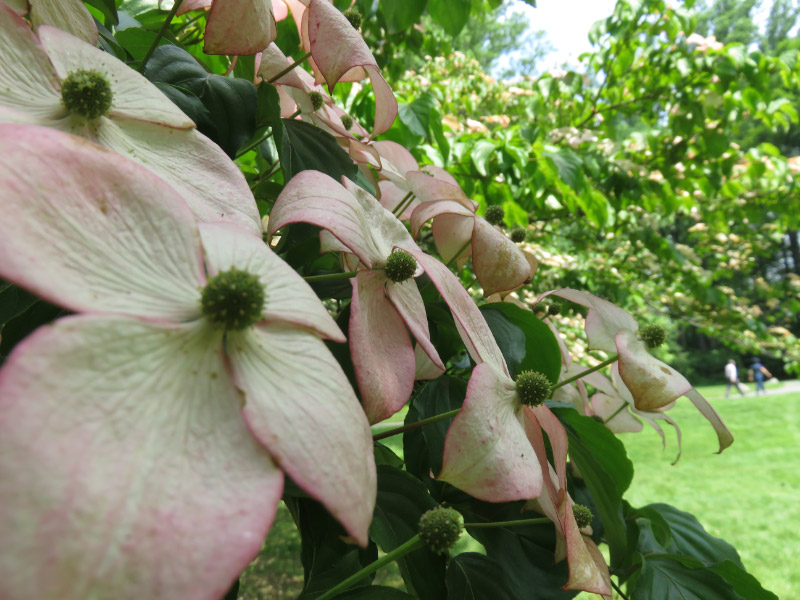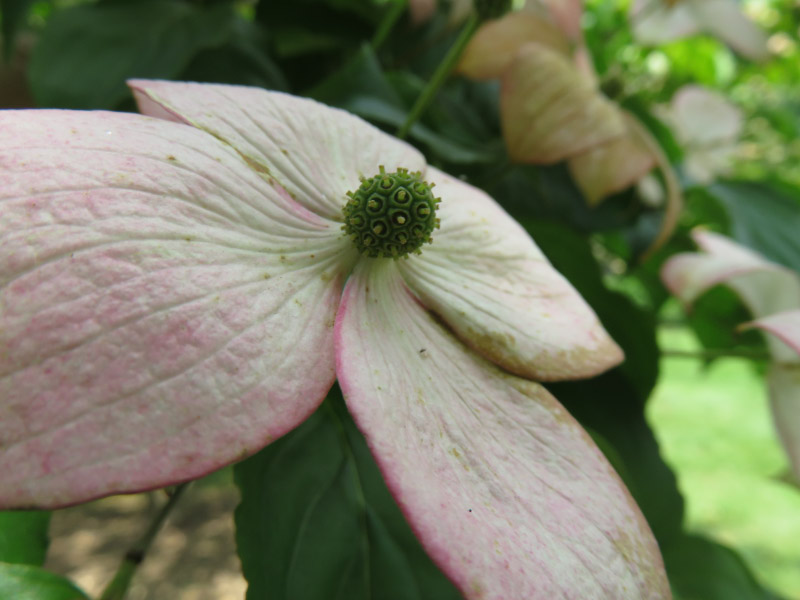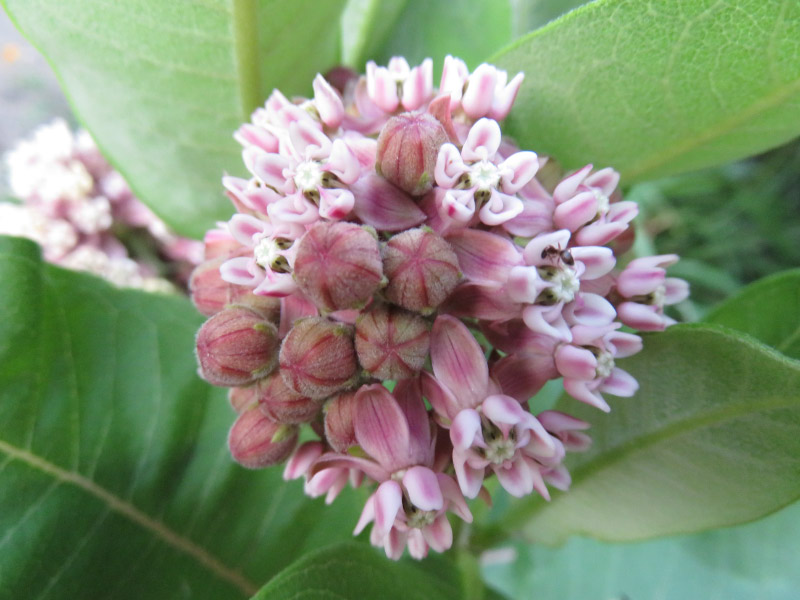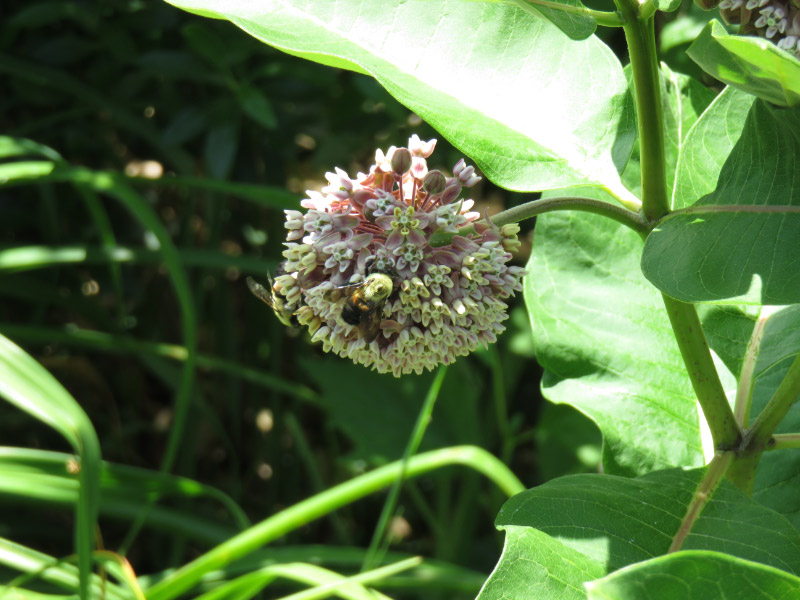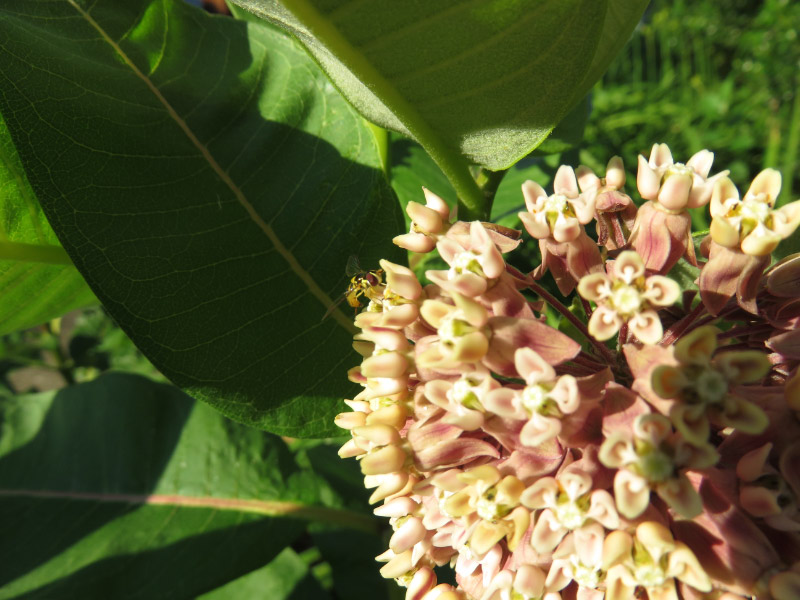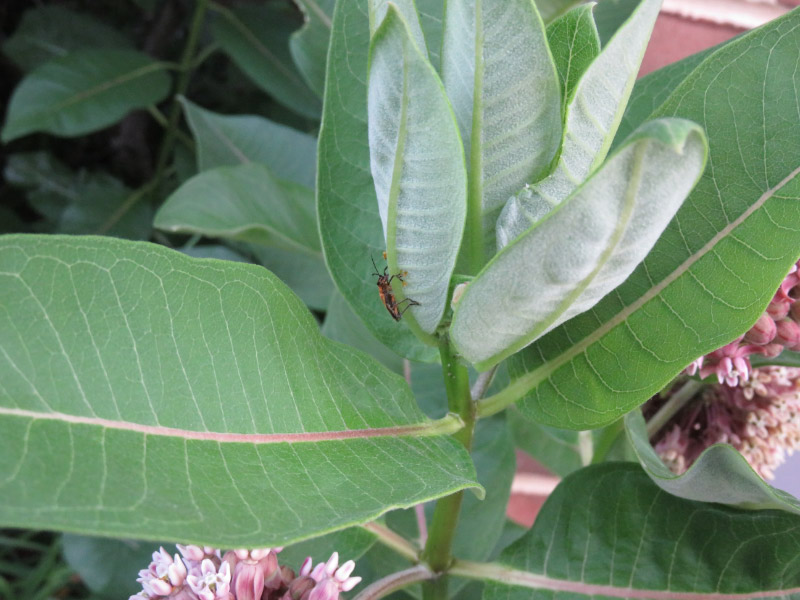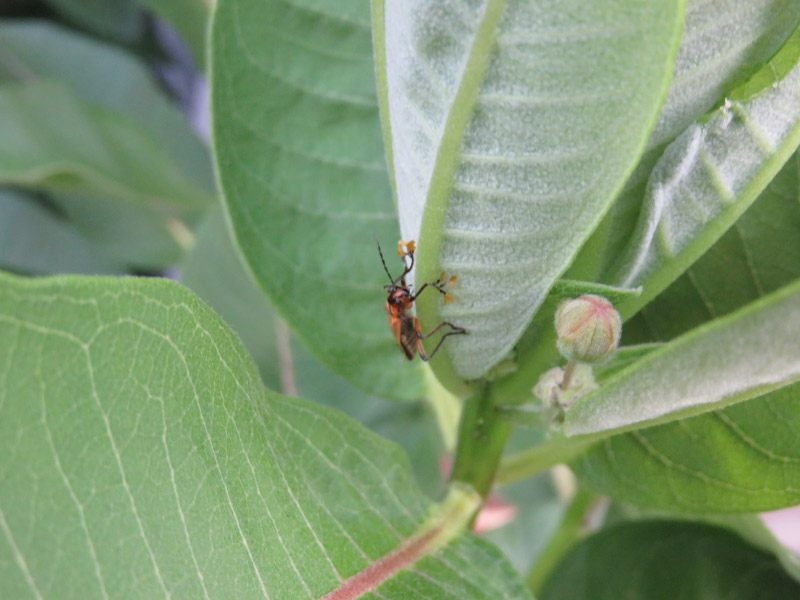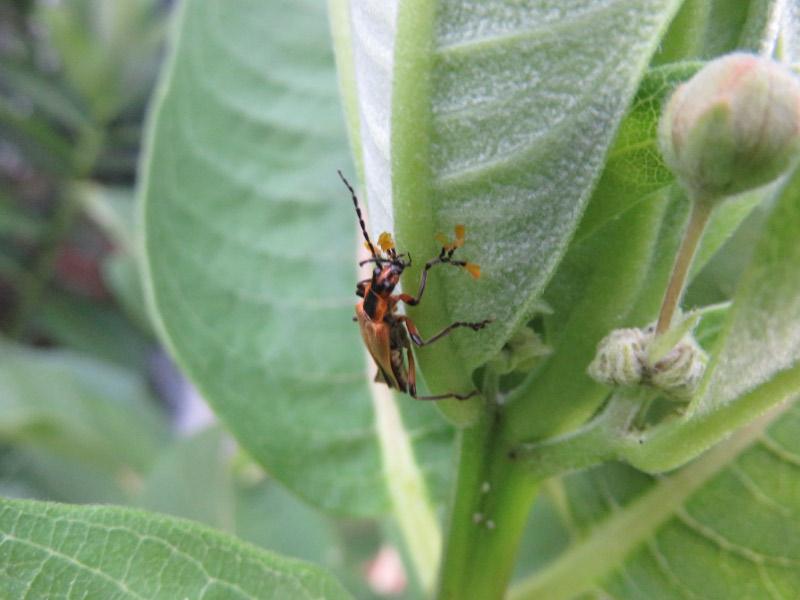Zooming – October 2016
/I got a new camera this month and have been doing some experiments with the increase optical zoom (that also translates to increased digital zoom. I’m sharing some of my favorites in the Zooming post for this month. There were two pictures of milkweed bugs from early and late in the month. There are at least 4 instars of the insects in the ‘leaf’ picture and fewer in the second picture. Maybe it is getting late enough in the season that there are not new milkweed bugs hatching from eggs.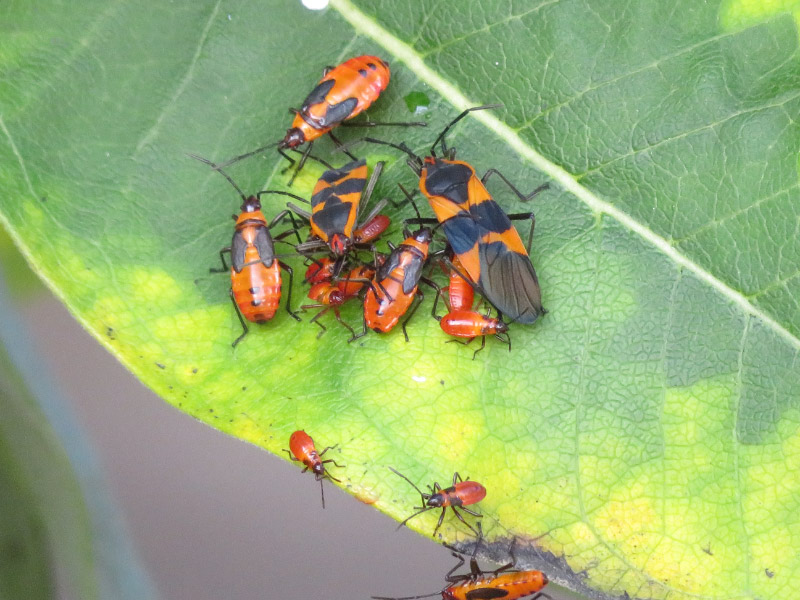

I like the zoom for photographing insects because I like not disturbing them. It’s even more important for insects that sting like the bee on the asters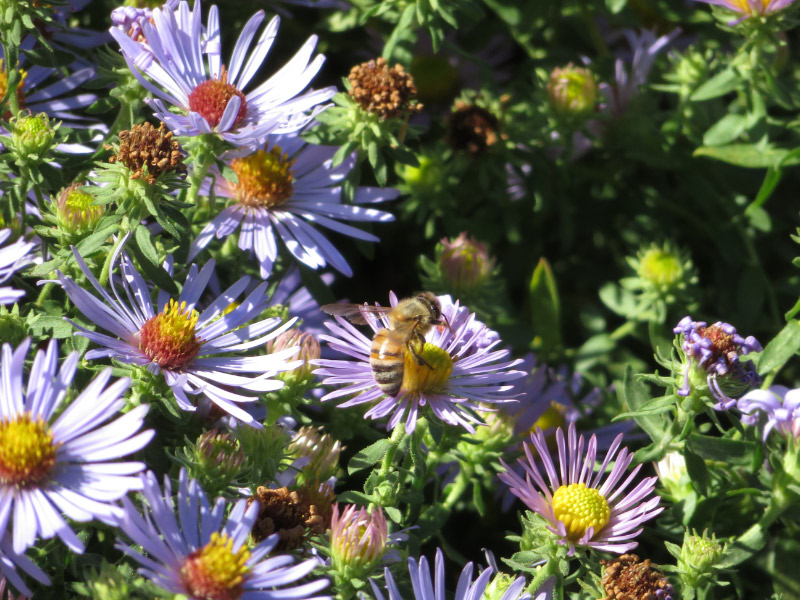
Or the wasp that seems to be looking underneath the milkweed leaf.
Sometimes it just works better because the insect will fly away more quickly if I get too close – like this bumble bee.
Sometimes there are items that catch my eye because they seem to be spotlighted – like this fall leaf stuck in other vegetation that seems to glow in the morning sunlight.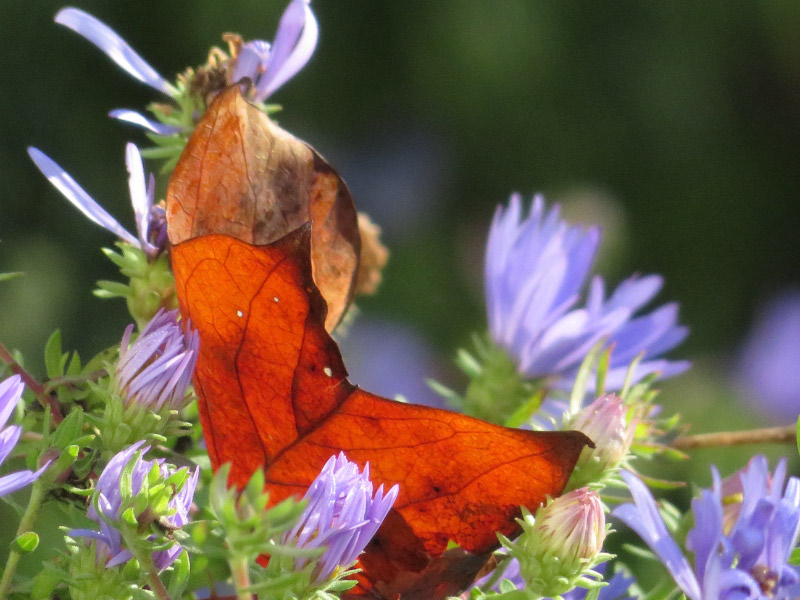
One morning before I was scheduled to hike with first graders I heard a noise high in the tree above me and I finally spotted the noise maker – a squirrel gnawing on a black walnut; it takes a lot of work to get the nut inside.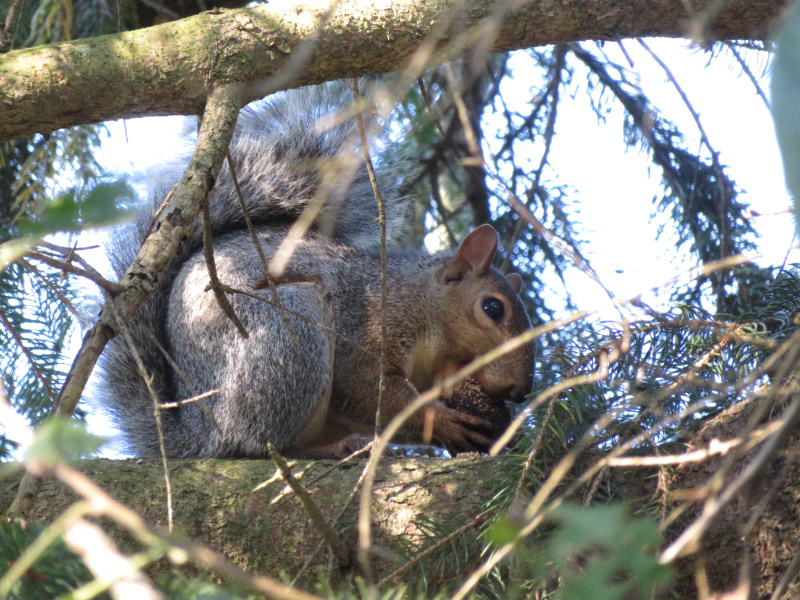
I don’t photograph my cats very often. They don’t like cameras….but staying further away and using the zoom was effective – once.